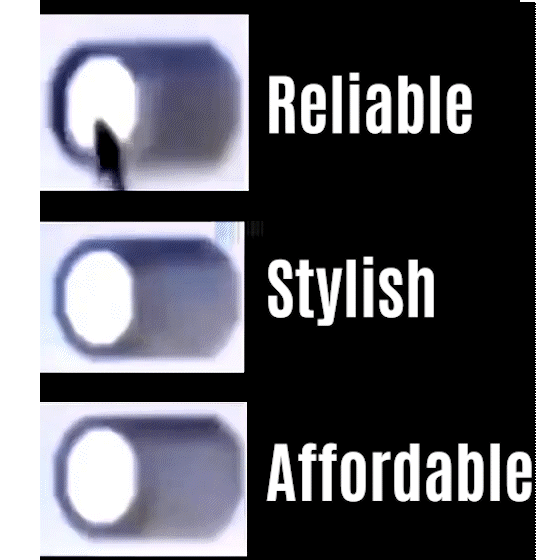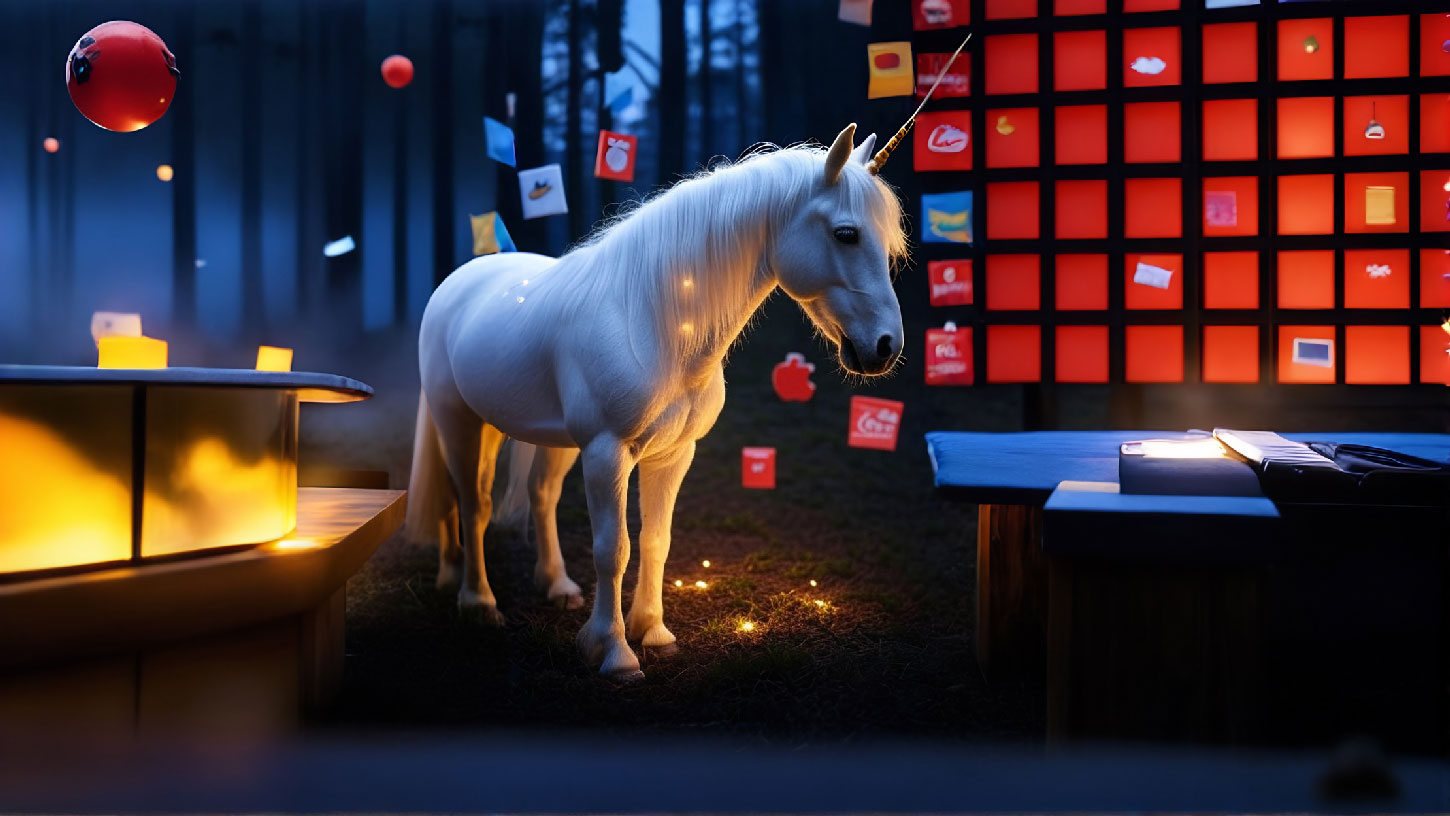Chasing the Myth
Maria had been shopping for two hours. Her friend was getting married next weekend, and she needed a special gift. “I want something of quality that looks beautiful and won’t break the bank,” she explained to the saleswoman at the fifth store she visited.
The saleswoman smiled with that smile only years of experience can forge. “Miss, I can offer you something pretty and economical, but it won’t last beyond a couple of months. We also have exceptional quality and design products, but you must invest more. What would you prefer to sacrifice?”
Maria sighed in frustration. It was the same story in every store.
Sound familiar? If so, welcome to the club of those who have chased the myth of “good, pretty, and cheap.”
The Impossible Trinity
An unwritten but universally recognized law in commerce is the “pick two out of three” rule. This rule states that any product or service can have two of these three characteristics but never all three simultaneously:
- Good: High quality, durable, efficient.
- Pretty: Aesthetically pleasing, well-designed, attractive.
- Cheap: Economical, accessible, low-cost.
The reason? It’s not a corporate conspiracy to empty our pockets (although sometimes it seems like it). It’s pure economic logic.

The Uncomfortable Math Behind the Myth
Imagine Jorge, a craftsman who makes furniture. Jorge can create a table of exceptional quality using noble woods and traditional techniques that guarantee durability for decades. He can also make that table a work of art, with unique details and a design that would enhance any space.
But to achieve this, Jorge needs:
- Premium materials: The best woods cost more.
- Time: Quality craftsmanship requires hours or days of meticulous work.
- Specialized skill: Years of experience and training that have intrinsic value.
If Jorge decided to sell that table at a low price, he would be:
- Working for less than minimum wage
- Possibly losing money on each sale
- Condemning his business to bankruptcy
The equation simply doesn’t add up.
The Possible Combinations (and Their Consequences)
Let’s analyze the three feasible combinations:
1. Good + Pretty = Expensive
The iPhone of the market
This is the domain of premium brands—products and services that don’t skimp on quality or aesthetics but have a price that reflects that excellence.
Real example: A Rolex watch is precise and durable (good) and a globally admired design object (pretty). But its price is out of reach for many.
2. Good + Cheap = Ugly
The functional utilitarian
Products that perfectly fulfill their function and don’t ruin your budget but won’t win any beauty contests.
Real example: Many appliances from economical but reliable brands work for years without problems (good) and cost a fraction of the premium options (cheap). However, their design is often basic, even crude (ugly).
3. Pretty + Cheap = Bad
The deceptive temptation
The classic “lasted as long as it took me to get home.” Attractive and accessible products that seem like a great find until they demonstrate their true nature.
Real example: “Fast fashion” clothing can look identical to runway designs (pretty) and cost very little (cheap), but after a few washes, reveal its low quality (bad).
The Psychology Behind Our Impossible Quest
Why do we continue to chase this commercial unicorn? The answer lies in our psychology:
- Cognitive dissonance: We find it challenging to accept uncomfortable truths like we can’t have it all.
- The FOMO effect (Fear of Missing Out) occurs when we feel that others might have found that miraculous offer that we haven’t.
- Optimism bias: We believe we are the exception to the rule, capable of finding what no one else has been able to.
- The appeal of the challenge: Paradoxically, the more impossible something seems, the more we desire to achieve it.
When the Exception Confirms the Rule
“But I found something good, pretty, and cheap!” You might be thinking this right now, and it’s possible that it’s true. Some situations seem to defy our impossible trinity:
- Sales and discounts: Products are usually good and pretty but expensive, temporarily reduced in price.
- Technological obsolescence: A previous quality model is now discounted due to the launch of new versions.
- Pricing errors: Mistakes in labelling that result in unexpected bargains.
- Second-hand markets: Where depreciation allows you to acquire quality at a lower price.
But these are exceptions that confirm the rule, not negations of it. They are temporary anomalies in a system that inevitably returns to its equilibrium.
How to Make Smart Decisions in a World of Trade-offs
Once we accept the reality that we must choose two characteristics and sacrifice the third, we can make more conscious decisions:
- Identify your real priorities: Is durability more important than price? Design or functionality?
- Consider the long-term cost: An expensive but durable product may be more economical than constantly replacing cheap alternatives.
- Choose where to invest: Allocate your resources to what matters according to your specific needs.
- Seek the optimal balance: In some cases, a middle ground may be the best option, even if imperfect in any of the three dimensions.
Conclusion: The Liberation of Accepting the Impossible
There’s a strange peace in accepting that “good, pretty, and cheap” is a chimera. This acceptance frees us from constant frustration and allows us to make decisions based on reality.
The next time you find yourself looking for that perfect product or service, remember:
- If it’s good and pretty, prepare to pay more.
- If it’s good and cheap, it probably won’t win beauty contests.
- If it’s pretty and cheap, don’t expect it to last forever.
And perhaps most importantly: when you occasionally find something that seems to fulfill all three characteristics, enjoy it for what it is: a rarity as elusive as it is valuable.
As intelligent consumers, our best strategy is not to chase unicorns, but to understand the game and make informed decisions. After all, true wisdom lies in knowing what to sacrifice and when to do it.
What do you normally choose: quality, aesthetics, or price? Have you ever found that mythical product that has it all? Share your experience in the comments.





